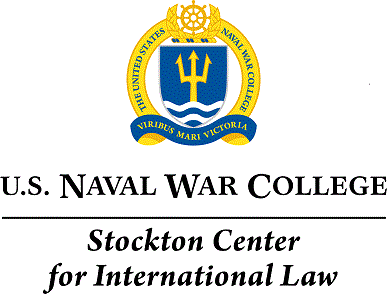
Abstract
Naval forces deployed across the world’s seas to enforce counterproliferation sanctions imposed by the U.N. Security Council must surmount any number of operational and legal challenges. High seas boardings by any State other than the vessel’s flag State remain controversial. The 1982 Law of the Sea Convention’s high seas articles carefully balance the principles of freedom of navigation and exclusive flag-State jurisdiction with the shared interest in ensuring effective enforcement of laws against certain serious offenses. The peacetime right of visit is a limited but invaluable compromise between those competing interests. Some commentators have suggested expanding the right to address perceived gaps in the high seas enforcement regime. Should the Convention’s right of visit be deemed inadequate to the needs of the twenty-first century, the Convention incorporates a formal amendment process. It also recognizes that States are free to enter into complementary international agreements, such as the Convention for the Suppression of Unlawful Acts against the Safety of Maritime Navigation and its 2005 Protocol. Finally, the Charter of the United Nations is paramount law and Chapter VII measures taken by the Security Council may override limits imposed by the Law of the Sea Convention. This article suggests that, perhaps weary of seeing its Chapter VII counterproliferation resolutions flouted, the Security Council will be moved in the future to adopt a resolution that authorizes a limited right of visit on the high seas to enforce the council’s counterproliferation measures. Should the Security Council be so moved, this article closes with suggested language for such a resolution.
html
